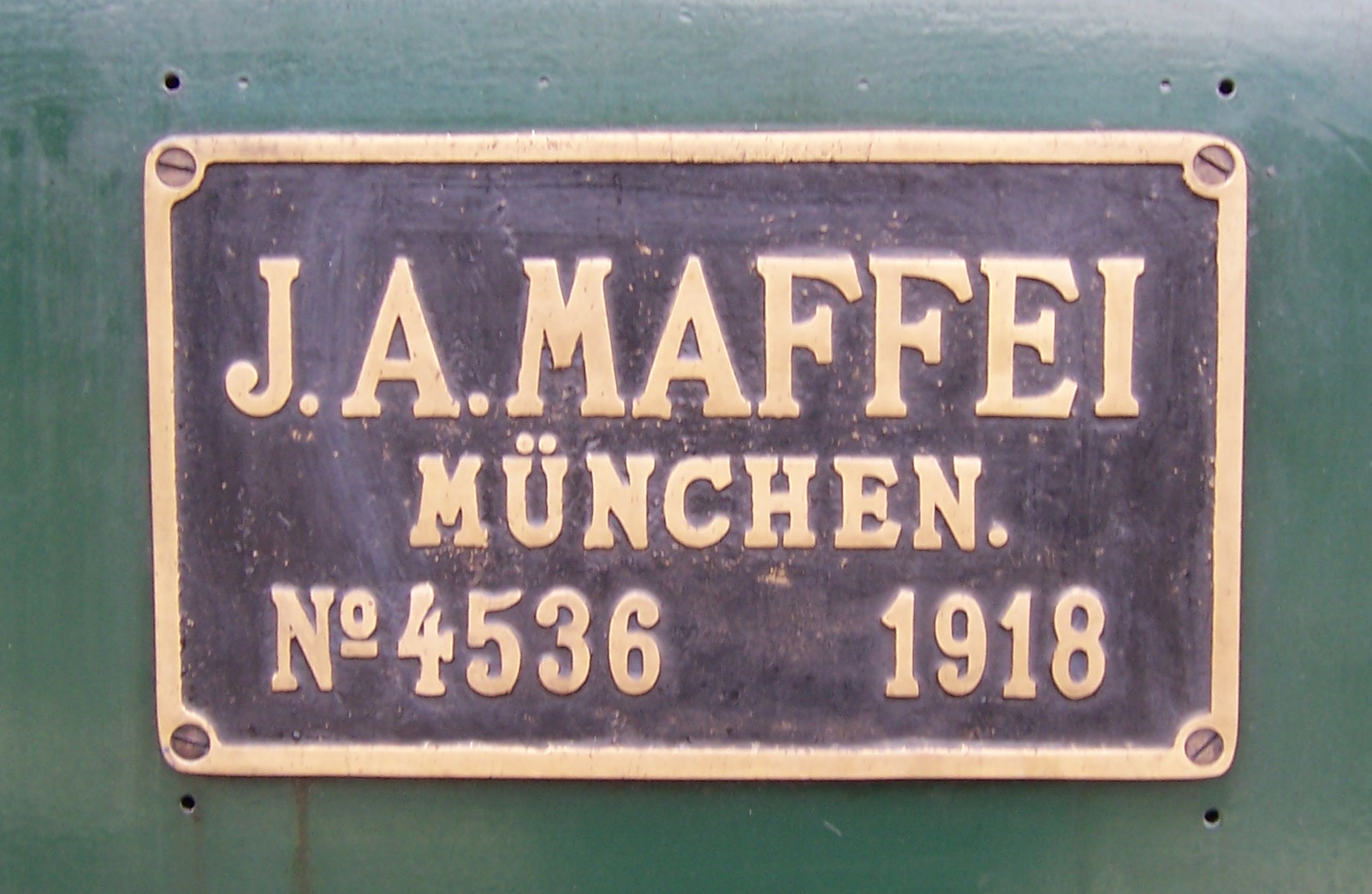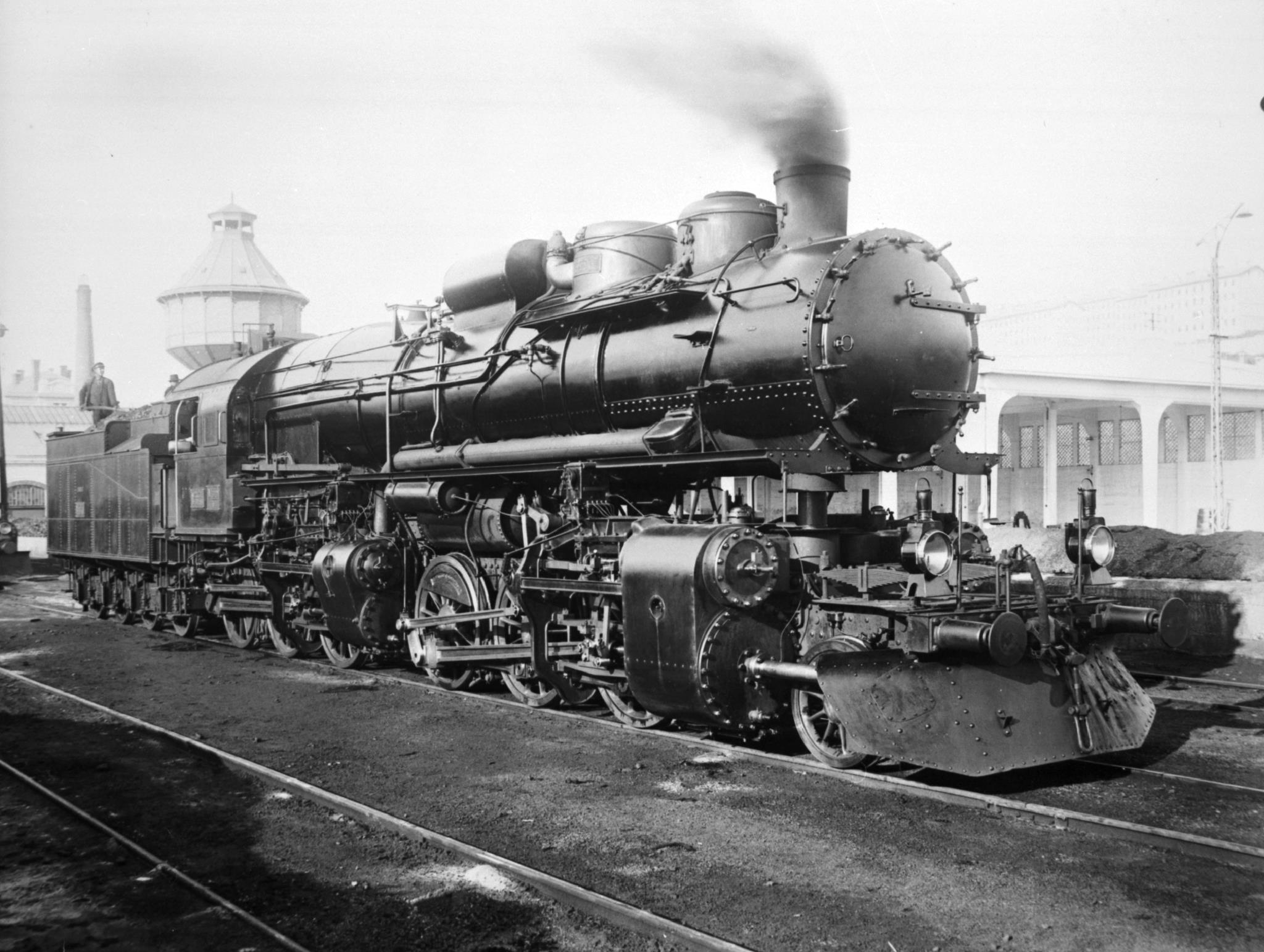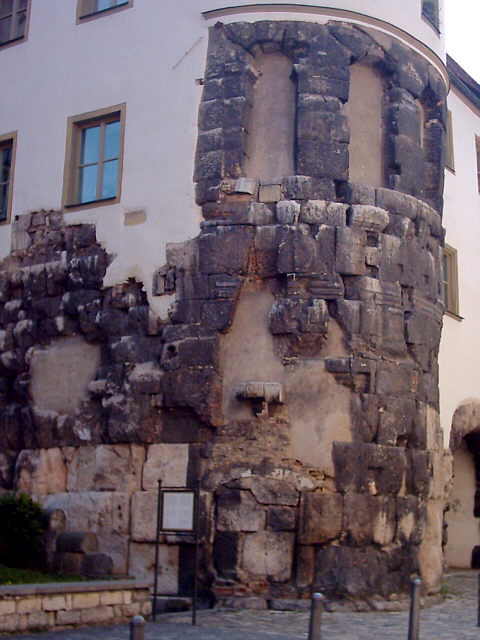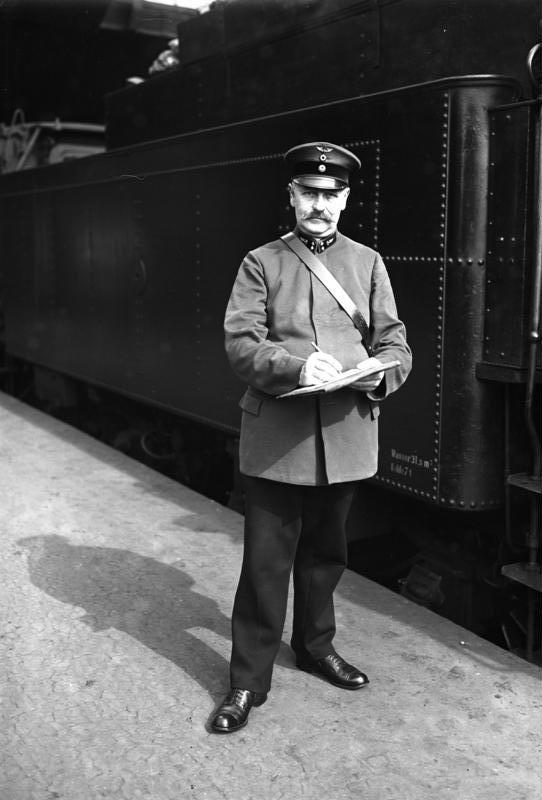|
Bavarian BB II
The Bavarian Class BB II engines were Mallet type, saturated steam locomotives in the service of the Royal Bavarian State Railways (''Königlich Bayerische Staats-Eisenbahnen''). They were specially designed for branch lines with tight curves and supplied in two series. The first series comprised 29 engines and was built between 1899 and 1903. The other two machines were delivered in 1908 to the state railway and were somewhat longer and heavier than the other locomotives. Although the Deutsche Reichsbahn-Gesellschaft took over all the vehicles in 1925 as DRG Class 98.7, all bar three were retired during the 1930s due to their unsatisfactory riding performance. The last three engines were used after 1940 as industrial locomotives. One example, the 98 727, was sold in 1943 to the Regensburg factory of Südzucker AG Südzucker AG (, literally ''South sugar'') is a German company, the largest sugar producer in the world, with an annual production of around 4.8 million tonnes. ... [...More Info...] [...Related Items...] OR: [Wikipedia] [Google] [Baidu] |
Maffei (company)
Maffei was a manufacturer of railway locomotives based in Munich, Germany. Established in 1836, it prospered for nearly a century before going bankrupt in 1930 and becoming amalgamated with the firm of Krauss to form Krauss-Maffei. Following another seventy years of prosperity Krauss-Maffei merged with Demag and Mannesmann in 1999, the resulting conglomerate in turn being sold to Siemens AG. Perhaps J. A. Maffei's most famous product was the S3/6 4-6-2 locomotive of 1908. In 1836, Joseph Anton, Ritter von Maffei established the "J. A. Maffei" locomotive works in the English Garden district of Munich. The aim was to make Bavaria competitive in the machine industry. From these small beginnings a world-renowned locomotive works eventually developed. In 1864 they delivered their 500th locomotive. Maffei, as a Munich town councillor, was praised for the building of the Hotel Bayerischer Hof. Well-known products of the locomotive works are the Bavarian S 2/6 express loco ... [...More Info...] [...Related Items...] OR: [Wikipedia] [Google] [Baidu] |
Darmstadt-Kranichstein Railway Museum
The Darmstadt-Kranichstein Railway Museum (''Eisenbahnmuseum Darmstadt-Kranichstein'') a railway museum in the German city of Darmstadt. It is also the largest railway museum in the state of Hesse. The former railway depot (''Bahnbetriebswerk'' or ''BW'') includes a locomotive shed, turntable, coal bunkers and other locomotive facilities. There is also an adjoining repair shop (''Ausbesserungswerk''), where major repairs can be carried out. The depot is located on the Rhine-Main line from Darmstadt to Aschaffenburg. It was established in 1898 by the United Prussian and Hessian State Railways and opened as a railway museum on 29 May 1976 when the site was leased from the Deutsche Bundesbahn to the board of trustees of the museum railway. A large collection of locomotives may be viewed in the museum, such as the still-operational DRG 23 042, 01 1056, 41 024 and 44 404 steam engines, steam locomotive 4981 "Mainz", (a Prussian G 8) that was transferre ... [...More Info...] [...Related Items...] OR: [Wikipedia] [Google] [Baidu] |
Maffei Locomotives
Maffei is a surname of Italian origin. Surname * Alberto Maffei (born 1995), Italian snowboarder * Alessandro, Marquis de Maffei (1662–1730), Bavarian general *Agnese Maffeis (born 1965), Italian discus thrower and shot putter * Andrea Maffei (1798–1885), Italian poet and librettist * Andrea Maffei (architect) (born 1968), Italian architect *Angela Maffeis (born 1996), Italian cyclist *Antonio Maffei (died 1482), Italian bishop *Antonio Maffei da Volterra (1450–1478), Italian clergyman and member of the Pazzi Conspiracy *Arturo Maffei (1909–2006), Italian long jumper and footballer * Ascanio Maffei (died 1659), Italian bishop * Blanca Renée Arrillaga Oronoz de Maffei (1917–2011), Uruguayan chemist, botanist, and agrostologist * Bernardino Maffei (1514–1553), Italian archbishop and cardinal *Cecilia Maffei (born 1984), Italian speed skater * Cesare Maffei (1805–???), Italian painter * Clara Maffei (1814–1886), Italian socialite and salon hostess *Claire Mafféi (19 ... [...More Info...] [...Related Items...] OR: [Wikipedia] [Google] [Baidu] |
Standard Gauge Locomotives Of Germany
Standard may refer to: Symbols * Colours, standards and guidons, kinds of military signs * Standard (emblem), a type of a large symbol or emblem used for identification Norms, conventions or requirements * Standard (metrology), an object that bears a defined relationship to a unit of measure used for calibration of measuring devices * Standard (timber unit), an obsolete measure of timber used in trade * Breed standard (also called bench standard), in animal fancy and animal husbandry * BioCompute Standard, a standard for next generation sequencing * ''De facto'' standard, product or system with market dominance * Gold standard, a monetary system based on gold; also used metaphorically for the best of several options, against which the others are measured * Internet Standard, a specification ratified as an open standard by the Internet Engineering Task Force * Learning standards, standards applied to education content * Standard displacement, a naval term describing the weig ... [...More Info...] [...Related Items...] OR: [Wikipedia] [Google] [Baidu] |
Locomotives Of Bavaria
A locomotive or engine is a rail transport vehicle that provides the motive power for a train. If a locomotive is capable of carrying a payload, it is usually rather referred to as a multiple unit, motor coach, railcar or power car; the use of these self-propelled vehicles is increasingly common for passenger trains, but rare for freight (see CargoSprinter). Traditionally, locomotives pulled trains from the front. However, push-pull operation has become common, where the train may have a locomotive (or locomotives) at the front, at the rear, or at each end. Most recently railroads have begun adopting DPU or distributed power. The front may have one or two locomotives followed by a mid-train locomotive that is controlled remotely from the lead unit. __TOC__ Etymology The word ''locomotive'' originates from the Latin 'from a place', ablative of 'place', and the Medieval Latin 'causing motion', and is a shortened form of the term ''locomotive engine'', which was ... [...More Info...] [...Related Items...] OR: [Wikipedia] [Google] [Baidu] |
Mallet Locomotives
The Mallet locomotive is a type of articulated steam railway locomotive, invented by the Swiss engineer Anatole Mallet (1837–1919). The front of the locomotive articulated on a bogie. The compound steam system fed steam at boiler pressure to high-pressure cylinders driving the rear set of driving wheels (rigidly connected to the boiler). The exhaust steam from these cylinders was fed into a low-pressure receiver and was then sent to low-pressure cylinders that powered the driving wheels on the swiveling bogie towards the front of locomotive. Compounding Steam under pressure is converted into mechanical energy more efficiently if it is used in a compound engine; in such an engine steam from a boiler is used in high-pressure (HP) cylinders and then under reduced pressure in a second set of cylinders. The lower-pressure steam occupies a larger volume and the low-pressure (LP) cylinders are larger than the high-pressure cylinders. A third stage (triple expansion) may be em ... [...More Info...] [...Related Items...] OR: [Wikipedia] [Google] [Baidu] |
Südzucker
Südzucker AG (, literally ''South sugar'') is a German company, the largest sugar producer in the world, with an annual production of around 4.8 million tonnes. In February 2014, the Federal Cartel Office imposed a joint fine of 280 million euros on the company – together with its competitors Nordzucker and Pfeifer & Langen – for allegations of anticompetitive agreements. Group segments Sugar segment The company has 30 sugar factories and three refineries in Austria, Belgium, Czech Republic, France, Germany, Hungary, Moldova, Poland, Romania, Slovakia, and Bosnia-Herzegovina. Special Products segment * BENEO-Palatinit GmbH, Mannheim * Freiberger Lebensmittel GmbH & Co KG, Berlin * PrimAS Tiefkühlprodukte GmbH, Oberhofen im Inntal, Austria * Stateside Foods Ltd., Westhoughton, United Kingdom CropEnergies segment CropEnergies AG, Mannheim ( bioethanol production) operates 4 production sites in Germany ( Zeitz), Belgium ( Wanze), France (Loon-Plage), and the UK ( Ensu ... [...More Info...] [...Related Items...] OR: [Wikipedia] [Google] [Baidu] |
Regensburg
Regensburg or is a city in eastern Bavaria, at the confluence of the Danube, Naab and Regen rivers. It is capital of the Upper Palatinate subregion of the state in the south of Germany. With more than 150,000 inhabitants, Regensburg is the fourth-largest city in the State of Bavaria after Munich, Nuremberg and Augsburg. From its foundation as an imperial Roman river fort, the city has been the political, economic and cultural centre of the surrounding region; it is still known in the Romance languages by a cognate of its Latin name of "Ratisbona" (the version "Ratisbon" was long current in English). Later, under the rule of the Holy Roman Empire, it housed the Perpetual Diet of Regensburg. The medieval centre of the city was made a UNESCO World Heritage Site in 2006 because of its well-preserved architecture and the city's historical importance for assemblies during the Holy Roman Empire. In 2014, Regensburg was among the top sights and travel attractions in German ... [...More Info...] [...Related Items...] OR: [Wikipedia] [Google] [Baidu] |
Deutsche Reichsbahn-Gesellschaft
The ''Deutsche Reichsbahn'', also known as the German National Railway, the German State Railway, German Reich Railway, and the German Imperial Railway, was the German national railway system created after the end of World War I from the regional railways of the individual states of the German Empire. The ''Deutsche Reichsbahn'' has been described as "the largest enterprise in the capitalist world in the years between 1920 and 1932"; nevertheless its importance "arises primarily from the fact that the Reichsbahn was at the center of events in a period of great turmoil in German history". Overview The company was founded on 1 April 1920 as the ("German Imperial Railways") when the Weimar Republic, which still used the nation-state term of the previous monarchy, (German Reich, hence the usage of the in the name of the railway; the monarchical term was ), took national control of the German railways, which had previously been run by the German states. In 1924 it was reorganise ... [...More Info...] [...Related Items...] OR: [Wikipedia] [Google] [Baidu] |





